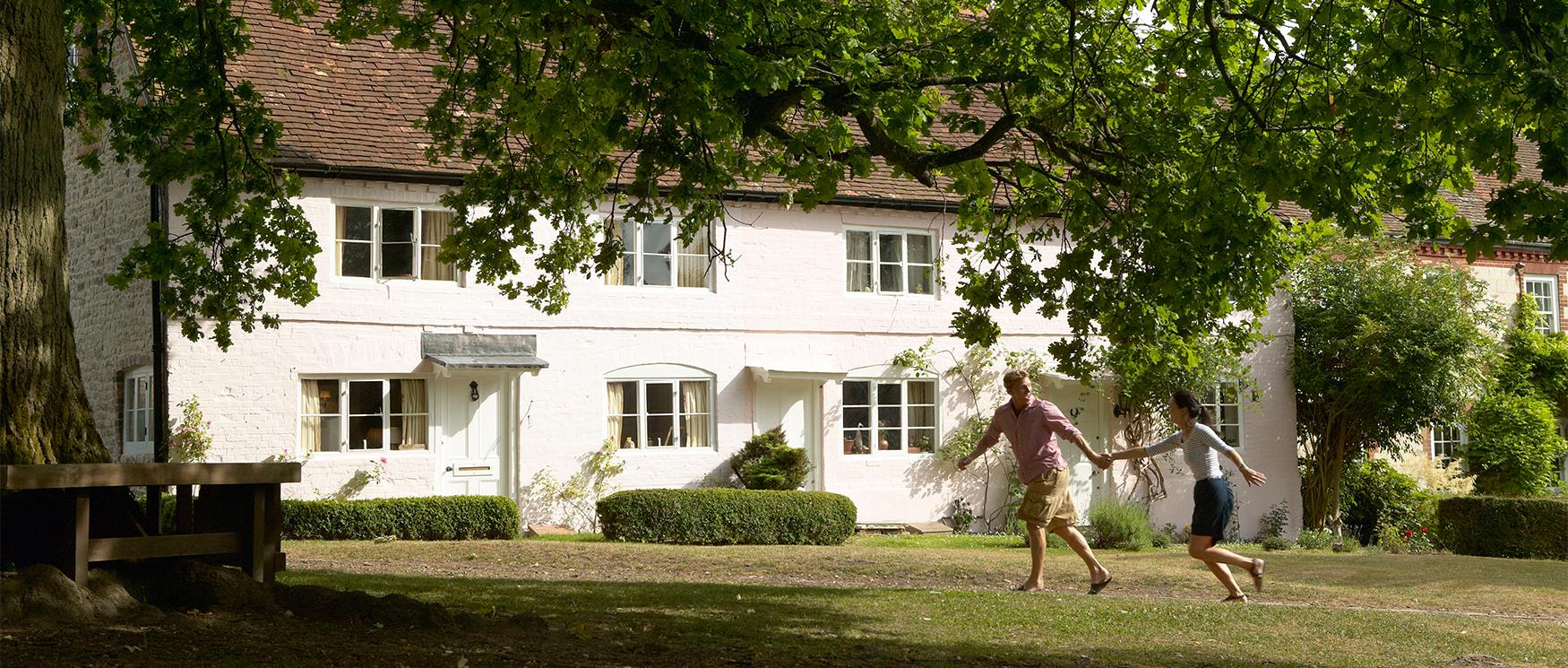
The attractive village of Selborne in East Hampshire is famous for its association with the 18th Century literary naturalist Gilbert White. His book 'The Natural History of Selborne' records his observations on local animals, birds and plant life, and has been continuously in print since 1789. White constructed the Zig-Zag path up the Selborne Hanger and from here there is a magnificent view of The Wakes, more commonly known as Gilbert White's House, and the village in its countryside setting. The Zig Zag path forms part of a circular walk.
Gilbert White's House also contains the Oates Museum, with exhibits on the adventures of Captain Lawrence Oates and his uncle Frank. Lawrence Oates' life and tragic death on the 1911 Scott expedition to the South Pole is explained.
Walk across the Plestor (the village green) and through the churchyard and you come to the Lythes which run along the Oakhanger Stream valley. This is National Trust land, and forms part of the Gilbert White circular walk.
The historic Church of St. Mary's, on the site of the original Saxon church, contains two magnificent stained glass windows commemorating Gilbert White.
The Selborne Gallery (Hampshire Artists Cooperative) and Selborne Pottery are on the Plestor.
There is a pub in the village serving food, the Selborne Arms and a number of shops including the Exotic Woodcraft Shop and the Village Post Office and Stores.